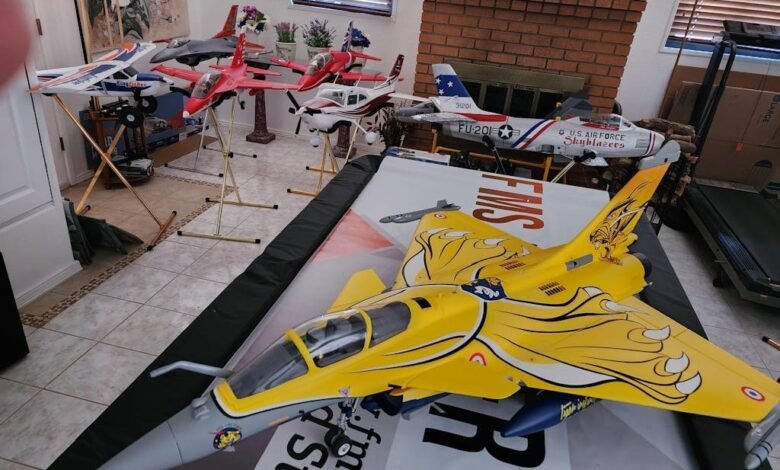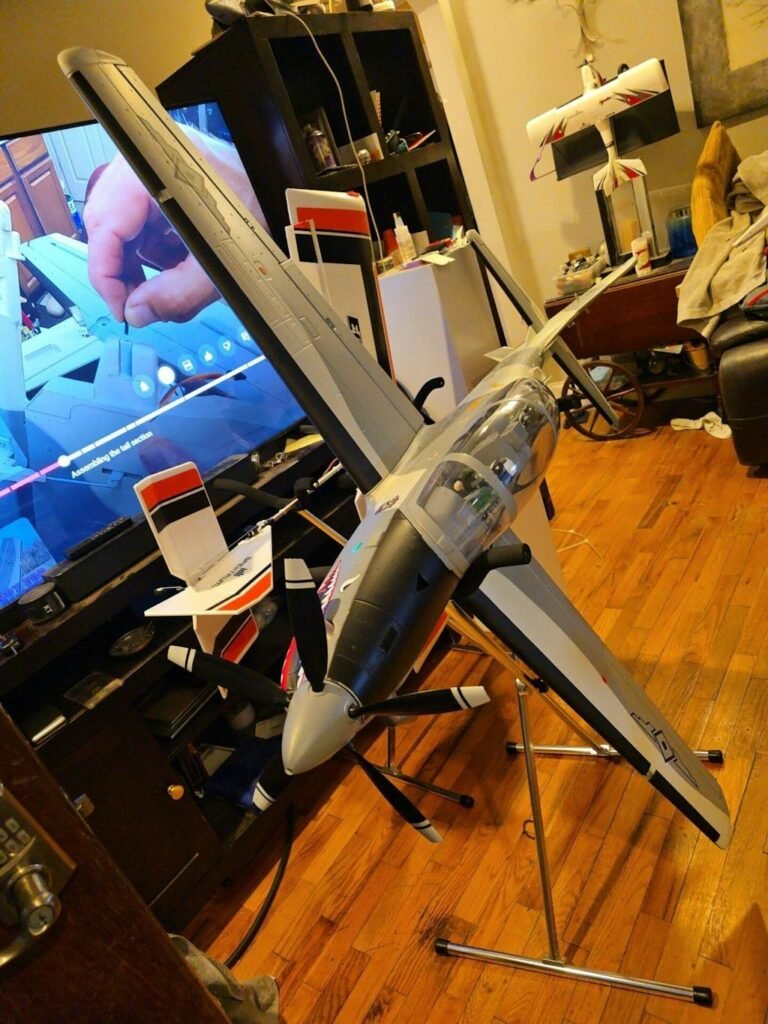Discover the Ultimate Adventure-Ready SUV

Modern SUVs have evolved far beyond simple transportation, becoming sophisticated companions for outdoor enthusiasts and adventure seekers. Today’s adventure-ready SUVs combine rugged capability with cutting-edge technology, offering features that transform how we explore remote destinations. From smartphone connectivity that lets you start your vehicle from the comfort of your cabin to advanced systems that monitor terrain conditions in real-time, these vehicles represent a perfect fusion of wilderness readiness and digital innovation. Whether you’re planning weekend camping trips, navigating challenging off-road trails, or simply seeking a vehicle that can handle unpredictable weather and terrain, understanding the technology behind modern adventure SUVs is essential. Remote access features, in particular, have revolutionized the driving experience, providing convenience and peace of mind in situations where traditional vehicle operation falls short. This guide explores how remote technology enhances your SUV’s adventure capabilities, helping you make informed decisions about features that truly matter when the pavement ends and the real journey begins.
Introduction to Remote Car Technology
Remote car technology transforms your adventure-ready SUV into a connected vehicle you can control from virtually anywhere. Using smartphone apps or key fobs, you can remotely start the engine, lock or unlock doors, adjust climate settings, and monitor your vehicle’s status without being physically present. This technology relies on cellular networks or radio frequencies to establish communication between your device and the vehicle’s onboard computer systems. For outdoor enthusiasts, remote access means preheating your SUV on cold mountain mornings or cooling it down after a day at the trailhead, ensuring comfort before you even step inside. Beyond convenience, these systems provide real-time alerts about vehicle security, fuel levels, and maintenance needs, giving you complete oversight of your adventure companion wherever your explorations take you.
See also: The Business Traveler’s Grooming Checklist for Southern Spain
Understanding Remote Car Features
Modern adventure SUVs offer a comprehensive suite of remote features designed to enhance both convenience and capability in outdoor settings. Remote engine start allows you to warm up or cool down your vehicle before departure, which proves invaluable when camping in extreme temperatures or returning from strenuous hikes. Door lock and unlock functions provide security when you’re away from your vehicle at trailheads or campsites, while some systems enable you to grant temporary access to fellow adventurers without sharing physical keys. Climate control preconditioning ensures optimal cabin temperature and can defrost windows during winter expeditions. Vehicle locator features help you find your SUV in crowded parking areas or remember exactly where you parked after long backcountry excursions. Advanced systems include fuel level monitoring, tire pressure alerts, and diagnostic notifications that warn you of potential mechanical issues before they strand you in remote locations. Many adventure SUVs also offer geofencing capabilities that send alerts if your vehicle moves beyond a designated area, providing theft protection at campsites. Remote horn and lights activation help locate your vehicle in darkness or signal for assistance during emergencies, making these features essential tools for serious outdoor enthusiasts.

Comparing Remote Cars
Adventure SUVs vary significantly in their remote technology offerings, with distinctions that matter when you’re miles from civilization. Factory-integrated systems from manufacturers typically provide the most seamless experience, with dedicated apps that connect directly to the vehicle’s native architecture. These built-in solutions often include complimentary periods of connectivity followed by subscription fees, but they deliver reliable performance and regular updates that enhance functionality over time. Aftermarket remote start systems present a budget-friendly alternative, though they generally offer fewer features and may lack integration with advanced vehicle systems like climate control or security monitoring. The range of remote operation separates basic from premium systems—key fob-based technology typically works within several hundred feet, suitable for parking lots but limiting for backcountry scenarios where you might park away from your campsite. Cellular-based systems eliminate distance restrictions entirely, allowing control from anywhere with mobile coverage, which proves critical when you need to warm your vehicle before descending from a mountain peak or check security from a remote cabin. Subscription models differ considerably across manufacturers; some include remote features in comprehensive connected services packages covering navigation and emergency assistance, while others charge separately for remote access. Response time represents another crucial difference—premium systems execute commands almost instantaneously, while budget options may experience delays that frustrate users in time-sensitive situations. Battery drain considerations also vary, as some remote systems consume more standby power than others, potentially problematic during extended backcountry stays without driving. The sophistication of companion apps distinguishes modern systems, with top-tier offerings providing intuitive interfaces, detailed vehicle status dashboards, and customizable alerts that keep you informed about everything from fuel levels to maintenance schedules, ensuring your adventure vehicle remains ready for the next expedition.

Choosing the Right Remote Car
Selecting the ideal remote-capable adventure SUV requires evaluating your specific outdoor pursuits and how technology supports them. Begin by assessing the environments you frequent most—if you regularly venture into areas with limited cellular coverage, prioritize vehicles offering both cellular and radio-frequency backup systems to ensure connectivity regardless of signal strength. Consider the climate conditions you encounter; those exploring cold regions should seek SUVs with robust remote climate preconditioning that can handle extreme temperatures and defrost capabilities, while desert adventurers benefit from powerful cooling systems that activate before you return to your vehicle. Evaluate the subscription costs associated with remote services, calculating long-term expenses over your expected ownership period, as some manufacturers offer lifetime connectivity while others require annual renewals that accumulate significantly. Examine the companion app’s user interface and reliability through reviews from actual users, since a poorly designed application undermines even the most capable hardware. Think about your typical adventure duration—extended backcountry trips demand systems with minimal battery drain and the ability to monitor vehicle health remotely, preventing unpleasant surprises when you return. Security features warrant careful consideration if you frequently leave your SUV at trailheads or public camping areas; look for systems with instant theft alerts, GPS tracking, and remote immobilization capabilities. Integration with other vehicle technologies matters considerably—the best remote systems work seamlessly with navigation, off-road modes, and driver assistance features, creating a cohesive technological ecosystem. Test the system personally before purchasing, verifying response times, range accuracy, and feature accessibility match your expectations. Finally, consider future-proofing by choosing manufacturers committed to regular software updates and expanding remote capabilities, ensuring your adventure SUV’s technology remains relevant throughout your ownership experience.
Installation and Setup
Setting up remote technology in your adventure SUV depends on whether you’re activating factory-installed systems or adding aftermarket solutions. For vehicles with built-in remote capabilities, begin by downloading the manufacturer’s official app from your smartphone’s app store, ensuring you select the correct application as some brands offer multiple programs. Create an account using your vehicle identification number, which you’ll find on your registration or dashboard, and follow the verification process that typically involves confirming ownership through email or text message. Once authenticated, pair your smartphone with the vehicle by sitting in the driver’s seat, turning on the ignition, and following the app’s pairing instructions, which usually require pressing specific buttons on your key fob or touchscreen in sequence. Enable all necessary permissions on your phone, including location services and notifications, to ensure full functionality of features like vehicle locator and security alerts. Test each remote function individually—engine start, door locks, climate control—while standing near your SUV to confirm proper operation before relying on them in the field. For aftermarket installations, professional installation is strongly recommended to avoid voiding warranties or damaging electrical systems; qualified technicians will integrate the remote starter with your SUV’s existing security and computer systems, ensuring compatibility with features like alarm systems and push-button start. After installation, program user settings such as runtime duration for remote starts, temperature preferences for climate control, and notification preferences for alerts, customizing the system to match your adventure needs and ensuring reliable performance when you’re far from home.
Safety Considerations
Remote car technology demands responsible usage to prevent accidents and security vulnerabilities in adventure settings. Never remote start your SUV in enclosed spaces like garages or covered parking structures, as carbon monoxide accumulation poses fatal risks even with brief engine operation. Always verify your vehicle’s surroundings before activating remote start—ensure no people, pets, or obstacles are near the exhaust or under the vehicle, particularly important at crowded trailheads where children might be playing. Keep your smartphone secure and password-protected, as unauthorized access to your remote app grants complete vehicle control to potential thieves. Regularly update your remote system’s software and change app passwords periodically to protect against cybersecurity threats that could compromise your SUV’s systems. Be mindful of local regulations regarding remote starting and idling, as some jurisdictions restrict unattended vehicle operation. In cold weather, clear snow from exhaust pipes before remote starting to prevent dangerous fumes from entering the cabin, a critical consideration for winter camping adventures. Just as enthusiasts maintain proper safety protocols with remote-controlled vehicles—whether full-size SUVs or scale models like those from FMS Model—understanding your equipment’s limitations and operating it responsibly ensures safe enjoyment for everyone.
Remote Car Maintenance
Maintaining your adventure SUV’s remote technology ensures reliable performance when you need it most in challenging environments. Keep your smartphone app updated to the latest version, as manufacturers regularly release improvements that enhance connectivity and add new features. Check your vehicle’s cellular or communication module during routine service appointments, verifying antenna connections remain secure and free from corrosion caused by off-road dust and moisture exposure. Monitor your key fob batteries and replace them proactively before they fail, carrying spares during extended trips to remote areas where replacements aren’t readily available. Clean your smartphone’s cache periodically and reinstall the remote app if you experience connectivity issues or slow response times. Test all remote functions monthly, including engine start, locks, and climate controls, to identify problems before they compromise your adventure plans. If your system requires a subscription, set calendar reminders before renewal dates to avoid service interruptions that could leave you without remote access during critical moments in the backcountry.
Enhancing Your Adventure Experience with Remote Technology
Remote car technology has fundamentally transformed adventure-ready SUVs from simple vehicles into intelligent companions that enhance every aspect of outdoor exploration. The ability to control your SUV from anywhere—whether preconditioning the cabin before a dawn departure, monitoring security at remote trailheads, or checking vehicle status from your campsite—provides convenience that directly translates to better adventure experiences. As you’ve discovered, selecting the right remote system requires balancing factors like connectivity range, subscription costs, feature depth, and integration quality with your specific outdoor pursuits and environments. Proper installation, whether activating factory systems or adding aftermarket solutions, ensures reliable performance when you venture beyond cellular coverage. Responsible usage and regular maintenance keep these sophisticated systems functioning flawlessly through countless expeditions. The investment in remote technology pays dividends in comfort, security, and peace of mind, allowing you to focus on the experiences that matter rather than worrying about your vehicle. As manufacturers continue advancing these capabilities with improved connectivity, expanded features, and enhanced integration, remote car technology will only become more essential for serious adventurers. Choose wisely, maintain diligently, and let your adventure-ready SUV’s remote capabilities unlock new possibilities in your outdoor journeys.




